Get in touch!
We don't provide our services to anyone else, and we are always available to help when you need us. To contact us, please fill out the following form.
Scoliosis is the medical term used to describe a curve and twist to the bones of the spine. There are many types of bracing options in the treatment of Scoliosis. All braces for the treatment of Scoliosis apply external corrective forces to the torso to help straighten the spine.
The most suitable scoliosis brace can be determined by one of our experienced HCPC and BAPO registered orthotists.
Common symptoms associated with muscular dystrophy include:
The most appropriate brace will depend on a number of factors including:
Traditionally bracing has only been considered for children with Cobb angle curves of 20 ° - 45°. With the improvement in bracing technology, there is now good evidence to support bracing larger than 45° curves.
Children's Orthotics have access to every type of Scoliosis brace on the market. We are not restricted by any suppliers and our orthotists do not work on commission. Our sole aim is to provide each child with the most suitable and effective Scoliosis bracing solution.
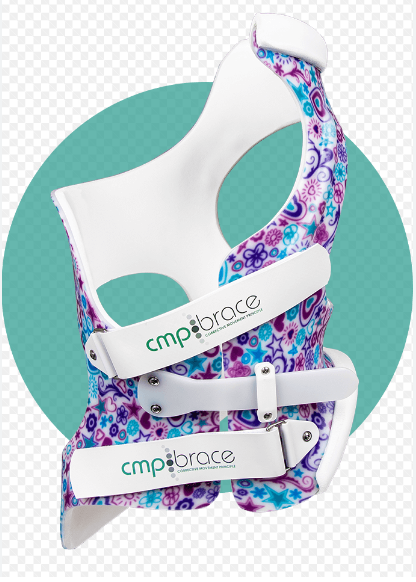
Hyper Corrective Bracing (HCB) - This brace helps straighten the spine by applying targeted corrective pressure in the opposite direction of the scoliosis curve. It effectively guides the torso into a more aligned position while encouraging overcorrection of posture. Despite its rigid design, it is well-tolerated and delivers reliable results. Click here to learn more about Hyper Corrective Bracing (HCB).
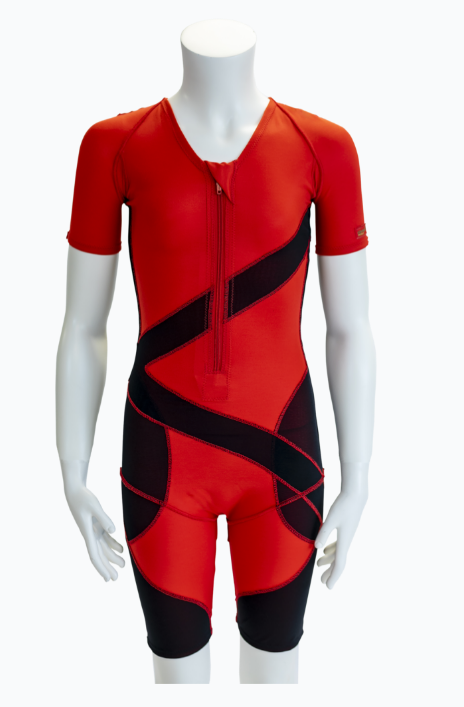
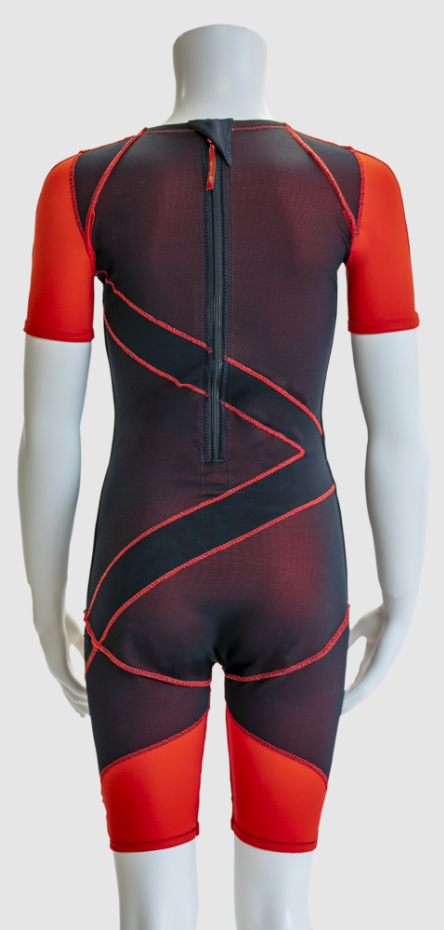
Lycra Scoliosis Support - Medical grade Lycra can be reinforced to offer support to children who suffer with mild scoliosis curves. Please click here for more information on Lycra Scoliosis
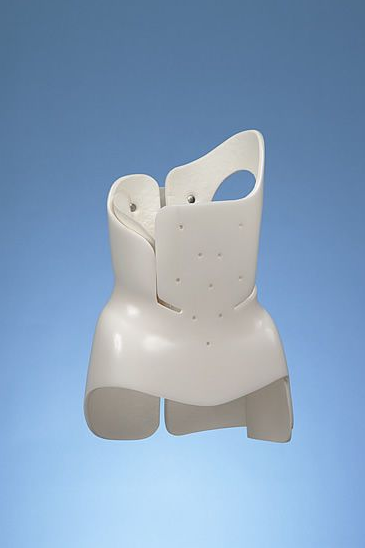
Boston Braces - This type of rigid bracing has been ever present in the treatment of Scoliosis for over 50 years. Please click here for more information on Boston bracing.
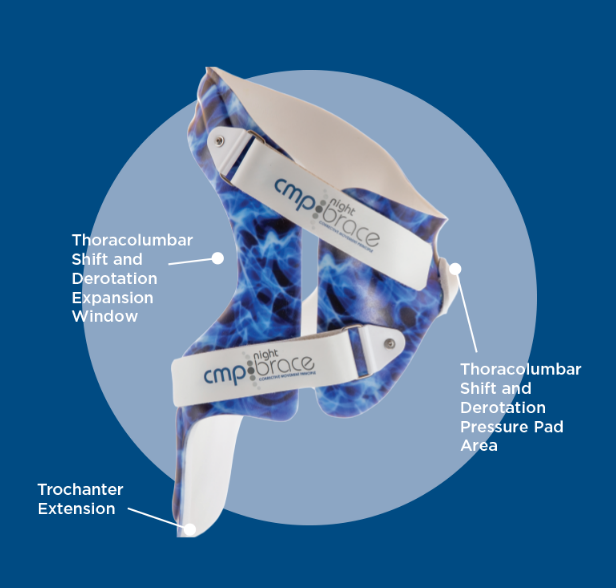
Scoliosis Night Bracing - Scoliosis night bracing works by providing an extreme hyper correction posture to the spine while a child is asleep for 8 - 10 hours. The bracing is rigid but often well tolerated. Please click here for more information on Scoliosis Night Bracing.
This depends on a number of factors including age, curve size, compliance and the reason for the curve. It is important to note that not every bracing solution is suitable for each individual child. Orthotics.co.uk approach each case individually and endeavor to devise the best bracing solutions for the child and the family involved.
Physiotherapy for Scoliosis - Children’s Orthotics provide a range of treatment packages for Scoliosis. Physiotherapy can be helpful no matter what the curve size. Physiotherapy for scoliosis can be helpful to:
Click here to find out more about our Physiotherapy for Scoliosis.
Surgery - Spinal surgery for skeletally immature children should always be considered as a last resort. That said, there are circumstances where surgery cannot be avoided such as:
If your child has been considered or listed for surgery, please contact us to arrange an appointment. Our orthotist will ensure that all bracing solutions have been exhausted.
All our assessments are carried out by our HCPC and BAPO registered orthotists. During the assessment the orthotist will establish all relevant medical history and look at any X-rays or reports which you bring along to the appointment. Please bring all documentation to the assessment.
The orthotist will then carry out physical examination which will include:
After the physical examination the orthotist will explain which bracing solution would be the most effective and appropriate. At this point measurements or scans will be taken and the brace ordered. All our Scoliosis bracing solutions require a fitting appointment, where the orthotist can explain the weaning in process and offer wear and care advice. The orthotist will then set out the review appointment protocol. This will be dependent on which type of Scoliosis bracing has been provided.
Booking an appointment is easy! You can schedule directly through our website to receive a 5% discount, or call us at 0330 088 3949 to speak with one of our friendly customer service representatives.
If you book online, please email us at office@orthotics.co.uk to confirm that your appointment is for a scoliosis brace assessment. Providing as much detail as possible about the case—including recent X-rays, if available—will help us tailor the assessment to your child’s needs.
Let us help support your child with expert scoliosis treatment designed to improve their quality of life.
To get in touch or arrange an appointment, you can call us at 0330 088 3949 or email office@orthotics.co.uk.